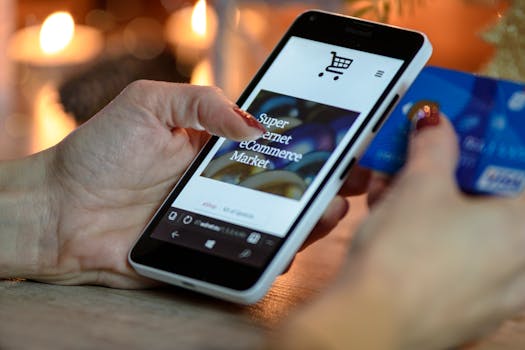A snapshot guide to purchasing funnels

The concept of purchase or sales funnels is vital to all team members in a business to understand and fundamentally bring all aspects of the sales and process together; from initial brand awareness to closing sales and beyond. A purchase funnel is a visual framework used to represent the entire customer journey, from the moment they first hear about your product through to the point of purchase and beyond. It is a crucial tool for understanding how sales and marketing teams can work together to generate the maximum customer lifetime value. This concept has been around for many years, but it’s only recently that businesses have begun to understand the potential it holds. A purchase funnel can be used to illustrate the steps a customer needs to take to buy from you. In other words, it helps you map out their path from interested onlooker to customer.
Guide potential customers
Think of a purchase or sales funnel as a marketing tool which can be used to guide potential customers through the buying process. It starts with initial contact with a lead, such as through an advertisement or website visit, and then moves them through different stages of the funnel until they become a customer. The goal of a sales funnel is to convert leads into customers by providing them with relevant content and offers that will help them make an informed decision.
The AIDA Model
The traditional purchase funnel follows the AIDA model:A - Awareness: This is where customers become aware of your product or service and begin to consider whether it’s the right choice for them. It’s important at this stage to capture customer attention, draw them in and give them some useful information about your offering.
I - Interest: Once customers are aware of your product or service, they’ll start evaluating it against other options they have and decide whether they will make a purchase. At this stage, it’s important to demonstrate your product’s unique value proposition and show how it stands out from the competition.
D - Decision: This is where customers make an informed decision about which product or service they’re going to buy. It is important at this stage to provide them with all the necessary information they need to make a well-informed decision.
A - Action: Finally, once customers have decided which product or service they want to buy, it’s time for them to take action. It is important at this point to make it easy for them to complete their purchase, such as with a simple checkout process or the ability to buy online.
The AIDA funnel can be broken down into individual stages and each stage should be treated differently from the rest, as each requires different types of engagement from your sales and marketing teams. For example, at the awareness stage, there should be more of an emphasis on content marketing and social media campaigns, while at the decision stage there might be more focus on lead nurturing and sales calls. It’s also important to remember that customers don’t always follow each step of the AIDA model in a linear fashion; some may skip steps or jump back and forth between different stages depending on their individual needs and motivations. It’s therefore essential that your sales and marketing teams are flexible and can adapt their strategies to each customer accordingly, in order to ensure that everyone receives an ideal customer experience.
To use a purchase funnel effectively, it’s essential that both your sales and marketing teams understand how it works and why it’s important. Only then can they work together in harmony to move customers through it easily and efficiently. It should also be remembered that purchase funnels are not static; they can evolve as new technologies become available or as customer needs change over time. Your team should regularly review their purchase funnel model and make tweaks where necessary in order to ensure it remains effective.
TOFU, MOFU and BOFU
Other types of purchasing funnels that can be considered for businesses include TOFU, MOFU and BOFU. TOFU (Top of the Funnel): This type of purchasing funnel focuses on generating awareness and interest in a business's products and services.
TOFU funnels typically use content marketing, search engine optimization (SEO), and social media campaigns to attract potential customers. TOFU funnels are commonly used in businesses that provide a complex product or service and require more education and research on the part of the customer.
MOFU (Middle of the Funnel): This type of funnel is designed to convert interested consumers into actual purchasers.Additionally, MOFU is used in services businesses, where the customer has to understand the value proposition of the service before they commit to buying. Well-known organizations using the BOFU model include online courses and subscription services, such as Code Academy, Udemy and Lynda.
Understanding and effectively utilizing a purchase or sales funnel is more than just a marketing strategy; it is also a comprehensive approach that involves every team member within a business. From the initial spark of awareness to the final stage of action, each phase of the funnel serves a specific purpose in guiding a potential customer towards making a purchase. By strategically mapping out the customer journey, businesses can pinpoint where they might be losing potential leads and optimize each stage to enhance conversion rates.
Whether employing the AIDA model or exploring other funnel structures like TOFU, MOFU, and BOFU, the key lies in adapting the strategy to meet your own and prospective customer needs, where possible leveraging technology to improve engagement and satisfaction. As markets continue to change, so too must our approaches, ensuring that the sales funnel remains a dynamic tool capable of driving growth and fostering long-term customer relationships.
